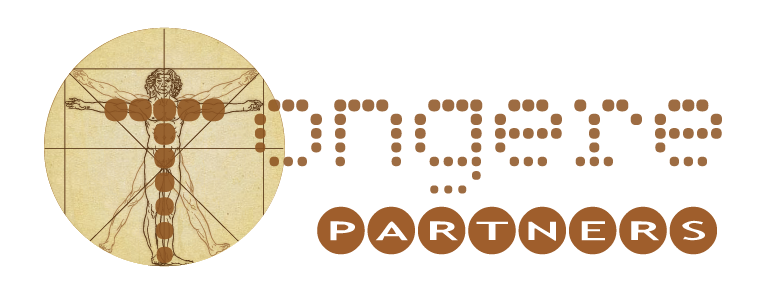A well implemented information strategy will effect significant change across your organization. It is critical to manage that change proactively in a positive manner. Many people are resistant to change and if you do not acknowledge the resistance it will become more impactful. Identifying the types of roles that will be impacted early on during your information strategy sessions and communicating the impact once the strategy and funding has been approved will help people understand how they fit into the organization as it changes. These changes hold true for both business resources and IT resources. Much of the IT change comes early if you are adopting new tools or architecture. The business changes tend to happen later on as the solutions are implemented. Many of the changes for the resources are not significant and can be handled through a good training program. However, some changes may involve roles that significantly change or become redundant.
Change management requires a multi-pronged approach. The first part of the approach is training. With any new solution, personnel must be trained, and depending on the impact to the role it can be done through documentation, train the trainer or classroom style training. This is the responsibility of the implementation team and their business counterparts. Many implementations fail because they do not invest the right amount of resources to ensure the training of everyone in the organization who needs it. The second part of the change management approach is role definition and resource to role mapping. This part of change management comes into play when there are significant changes to the roles and training alone will not suffice. Many times this happens in conjunction with a significant business process change. This is the aspect of change that many people fear because it directly impacts their current roles and responsibilities. In some countries you must also take into account legal and regulatory impacts and work with governmental agencies and/or unions. It is paramount that you have well defined and documented roles. It is also important to do a skills assessment of your resources so that you can map the right resource to the right role. Clearly there is also a management aspect to this process that should be incorporated. The change management organization will work with the leadership team to ensure that the resources understand their new roles and get the training necessary to be successful.
We cannot stress enough that change management, like testing and support, should start from day one with your information strategy and all of the corresponding solution delivery implementations. If change management is not fully integrated within the solution, your organization will not be as successful as it should be. At Tongere we have helped many clients through the change management process and understand the importance and the pitfalls that can happen over the course of the implementation.
